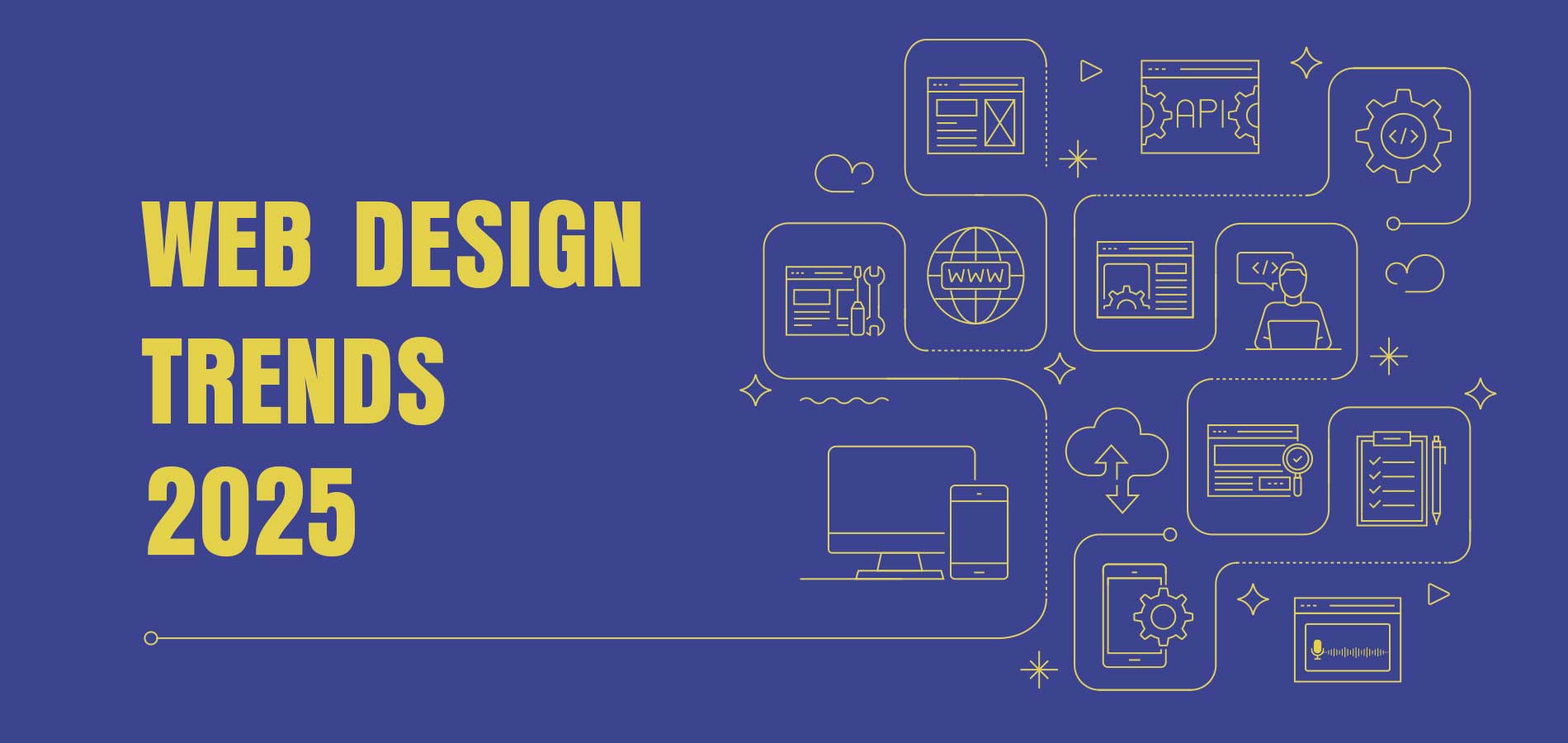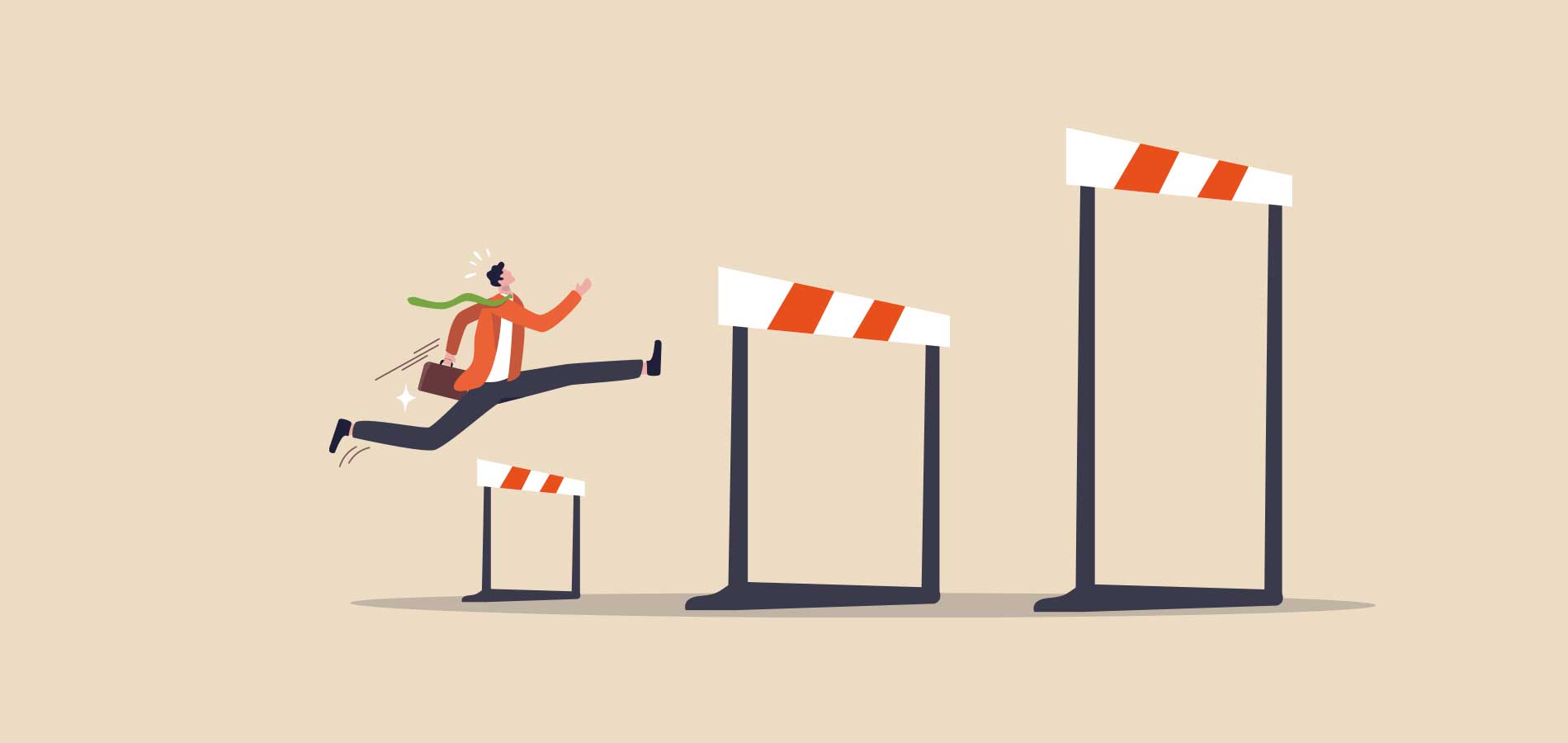In our digital age, where the competition is just a click away, your website serves as your digital storefront. It's not just a platform; it's your brand's first impression, a pivotal marketing tool, and a critical touchpoint for customer engagement. Given that a website has a mere 7 seconds to captivate its visitors, the margin for error is slim. Users are quick to judge and quicker to leave, making every second and pixel on your site count. This comprehensive guide delves into the common web design pitfalls and offers insights on crafting a website that not only retains attention but converts visitors into loyal customers.
Slow Page Load Time: The Speedy Road to Page Abandonment
In the realm of web design, speed reigns supreme. Studies reveal that 47% of users expect a webpage to load in two seconds or less. The tolerance for waiting diminishes rapidly, with 40% of users abandoning a site that takes over three seconds to load. This impatience isn't without cost. For e-commerce platforms, a one-second delay can result in substantial financial losses, underscoring the critical balance between aesthetic appeal and performance efficiency. It's a common misstep for designers to prioritise visual flair over speed, incorporating elaborate features that, while visually striking, hamper site performance and user satisfaction.
Cluttered Design: Less Is More
A visually overloaded website can be as detrimental as a slow one. The allure of using advanced animations and complex graphics can be tempting, but such elements often detract from the user experience, leading to confusion and frustration. The goal should be to facilitate a seamless journey for the visitor, with a clean, intuitive design that prioritizes content hierarchy and navigability. This includes the judicious use of colours, fonts, and imagery, ensuring that each element complements rather than competes for the user's attention.
Content: Quality and Relevance
The adage "content is king" holds true in web design. While it's important to update your website regularly with fresh content to improve search engine rankings and drive traffic, the emphasis should always be on quality. Irrelevant, duplicated, or poorly crafted content can erode trust and diminish your brand's credibility. Ensuring that your website's content is engaging, informative, and error-free is not just beneficial for SEO—it's fundamental for maintaining user interest and fostering a positive brand perception.
Poor Navigation: The Linchpin of User Experience
A website's navigational structure can make or break the user experience. Particularly in e-commerce, where the ease of finding products and completing purchases is paramount, navigation should be intuitive and straightforward. Complex or unconventional navigation can lead to frustration, increasing the likelihood of cart abandonment and lost sales. Effective navigation is characterised by clarity, logical structure, and accessibility, guiding users to their desired destination with minimal effort and confusion.
Inconsistent Branding: Cohesiveness is Key
Your website should be a direct reflection of your brand's identity. Inconsistent branding across your site can confuse visitors and erode brand recognition and trust. Ensure that your website's colour scheme, typography, and overall design align with your brand's ethos, offering a cohesive user experience that reinforces brand identity and ensures a cohesive user experience.
Ignoring Mobile Responsiveness: The Mobile-First Imperative
With an increasing number of users accessing websites via mobile devices, a non-responsive design can significantly hinder user engagement and SEO rankings. Design your website with a mobile-first approach. Ensure that it's fully responsive, meaning it adjusts seamlessly to various screen sizes and resolutions, providing an optimal user experience on any device, enabling you to cater to the growing mobile audience and improve search engine visibility.
The Role of Professional Web Designers
Given the intricacies of web design, enlisting the expertise of professional designers is a wise investment for businesses aiming to establish a strong online presence. Professionals bring a wealth of experience, technical skills, and creative insights, ensuring that your website is not only visually appealing but also optimized for performance, user experience, and conversion. Whether you're building a new website or overhauling an existing one, a skilled designer can translate your brand's essence into a digital experience that resonates with your audience.
Local Expertise: The Brisbane and Gold Coast Advantage
For businesses in Brisbane and the Gold Coast, leveraging local web design expertise offers distinct advantages. Local designers have a deep understanding of the market dynamics, user preferences, and regional trends, enabling them to create websites that resonate with the local audience. Additionally, the convenience of face-to-face meetings and a shared time zone facilitates smoother communication and collaboration, ensuring that your web design project aligns with your vision and business objectives.
The Path Forward
Avoiding these common pitfalls sets a solid foundation for online success, particularly for e-commerce ventures. Many business owners lack the time or expertise to craft an effective website, making it prudent to enlist a web design professional. A skilled designer can enhance lead generation, customer retention, and conversion rates through a strategically optimized website that marries exceptional design with robust functionality.
In essence, your website is more than just a digital storefront. It's a pivotal tool in building trust, engaging visitors, and converting them into loyal customers. By steering clear of these common design mistakes, you ensure your website not only captivates but also effectively converts, laying the groundwork for sustained online success.









